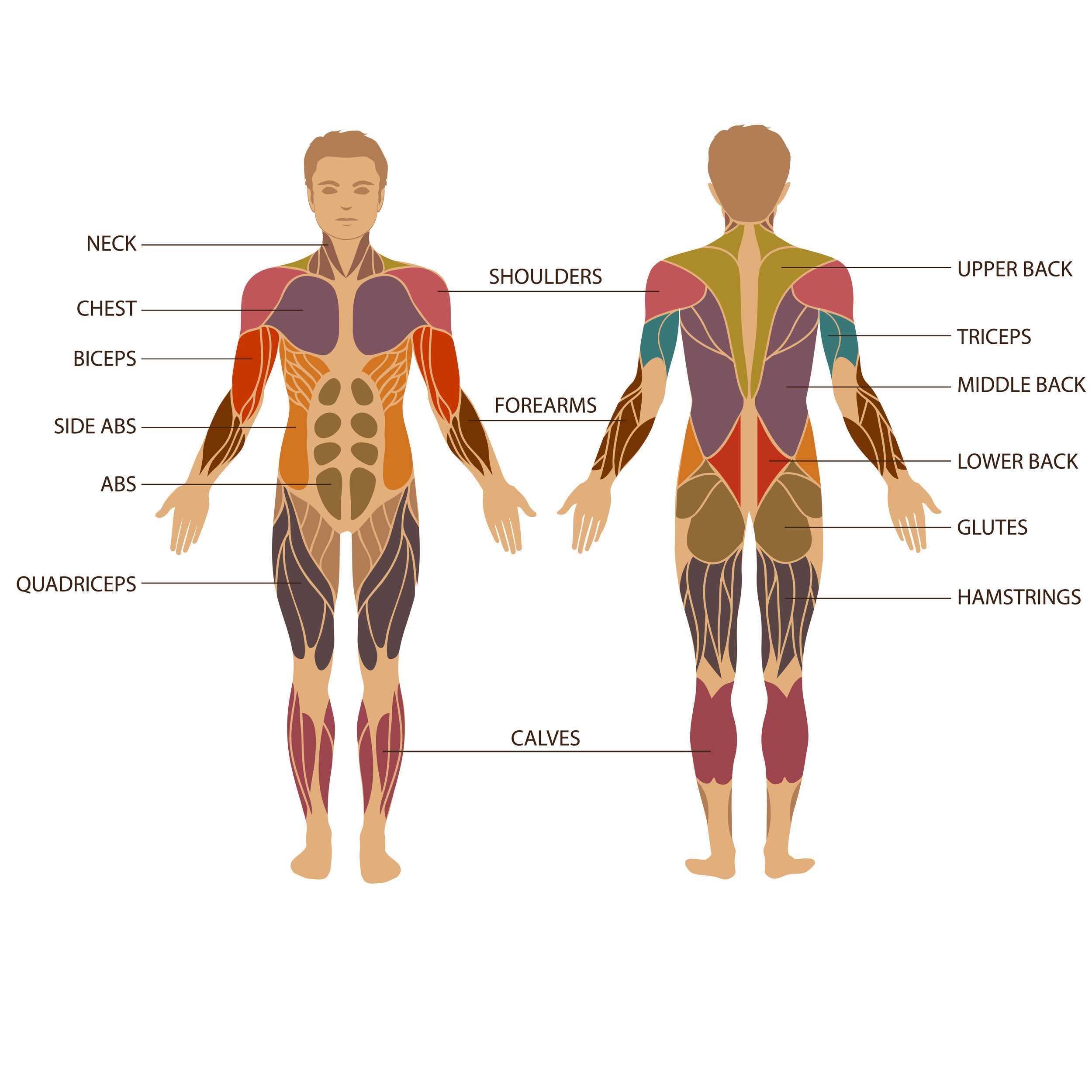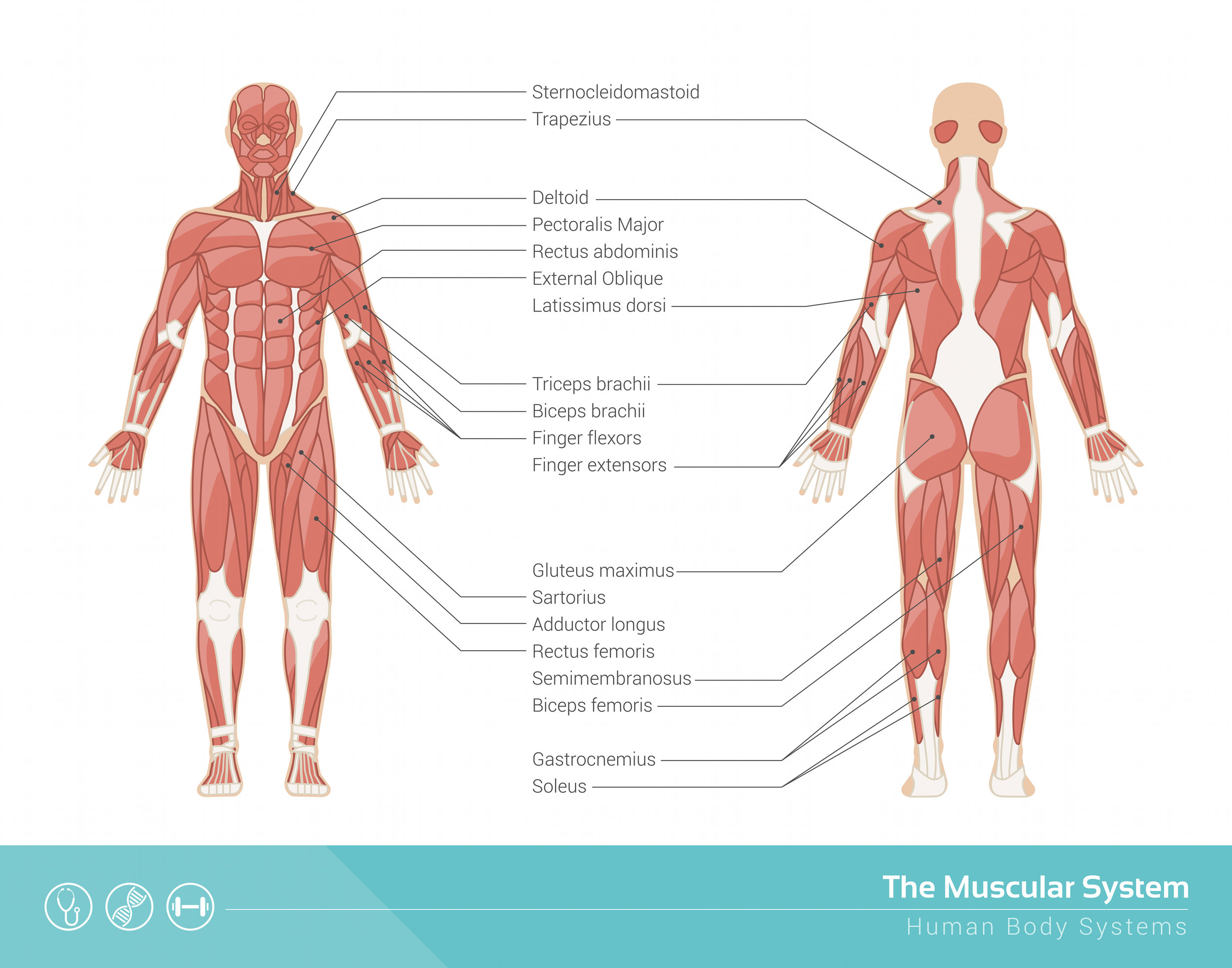One of the strongest moments in my life was when I achieved my goal of 20 push-ups on my toes. There is something about lowering and lifting your bodyweight that makes you feel crazy strong. It's also a fantastic bodyweight exercise that can be done anywhere.
Read moreWhat is Dynamic Stretching?
f you've read any fitness magazines or perused online workout videos recently, you've likely encountered the terms "dynamic warm-up" or "dynamic stretching." A dynamic warm-up is a method of stretching at the beginning of a workout that moves your body through various range of motion movements that are similar to a lighter version of your workout.
Read moreWhat Happens to My Body if I Stop Working Out?
Getting yourself motivated to workout can be a challenge for both a seasoned exerciser and a beginner. It's so tempting to hit snooze on the alarm clock or skip your workout for some TV time. So, what happens to our bodies if we stop for a week, month or several months?
Read moreCalculating Your Target Heart Rate
It's important to know your target heart rate, so you can ensure that you are exercising effectively and safely. Your target heart rate zone will help you determine if your intensity is where it should be to reach your goals.
12 Days of Health & Fitness Day 10
12 Days of Health & Fitness Day 10: Lunge it, Lunge it, Lunge it! Find a track nearby (or an indoor gym) and prepare to do some lunges. Advanced option - Lunge around the entire circle of the track! Intermediate - Lunge 50-100 yards (about 50 lunges each leg); Beginner - 25 lunges each leg. Modification for individuals who don't lunge: sit on the ground and raise one leg up. Swing that leg to the side and back to the starting position. That's one rep. Complete 25 reps per leg.
Read more12 Days of Health & Fitness: Day 6
Day 6: Steppin' it UP! Find a place where you can "step up" for 5 minutes. Advanced/Intermediate - Run stairs for 5 minutes or jog each step up and down. Beginner - step the same lead foot up and down on a step for 30 seconds; switch to the other foot. Perform the exercise for 3-5 minutes. Take breaks if you get need to!
Read more12 Days of Health & Fitness: Day 5
12 Days of Health & Fitness Day 6: Drink 8 servings of 8 ounces of water today! Water is essential to your body - it regulates body temperature, lubricates joints, protects body organs and tissues, carries oxygen and nutrients to cells as well as many other benefits! People often confuse thirst for hunger, so this is a great way to ensure you are not eating when you are really just thirsty!
Read more12 Days of Health & Fitness: Day 4
Day 4: Work those legs - lying side leg raises. Advanced option - 45 per leg, Intermediate - 30 per leg and Beginner - 15 per leg. A great way to make sure you are in alignment while doing these is to lay on your side with your back, bottom and legs pressed against the wall. Your top leg will slide up along the wall as you do your raise.
12 Days of Health & Fitness: Day 2
Day 2 - Balance on one leg: advanced option - strive to reach 4 minutes in total balance hold; intermediate - complete 2 minutes in total balance hold; and beginner - 40 seconds in total balance hold. Alternate legs throughout the time, so you practice balancing on both legs.
Read more12 Days of Health & Fitness: Day 1
Day 1 of 12 Days of Fitness & Health: Pay for your Productivity - Do one burpee (with push-up!) for every email and/or text you received and sent today. Low-impact option: Do a stepback - take out the jump (squat down and place hands on ground, step back into plank, do a push-up, step feet back to hands and stand up).
Beginner Option - Do a modified Jumping Jack. Take out the jump - alternate stepping feet out as your arms come overhead.
Read moreBeginner's Ultimate Guide to Strength Training
Starting a strength training program can be really intimidating. Before I became a trainer, I had no idea what areas of my body I should be training and how often I should train. The good news is that it's not as mysterious as it seems when you are standing in a gym staring at all of the equipment!
- Strive to strength train a minimum of two, non-consecutive days. Your muscles need a day, or more, of rest in between sessions in order to repair themselves. Lifting weights damages muscle fibers (creates microscopic tears in the muscles you’ve worked), so rest days give your muscles time to reconstruct, recover and increase in size.
- Strength training can be achieved by using your body weight, machines, free weights or various pieces of equipment such as medicine balls, swiss balls, BOSU, TRX, bands, etc.
- Strive to do at least one set of 8-12 repetitions of 8-10 exercises that target the major muscle groups: chest, back, shoulders, biceps, triceps, abdomen, quadriceps and hamstrings. Check out the images below to help identify these muscle groups.
- Set up a session with a personal trainer to help you come up with exercises that will target these muscle groups. If you are planning on strength training from home, you can still contact a personal trainer to help you create a program. I've met with a lot of clients who just need help getting started.
- Adjust your weights according to the "two rep" rule. If the last two reps of an exercise aren't taxing, you might need to consider going heavier. If you can do dozens of reps at the weight you are using, you need to pick up the next heavier weight. In body weight exercises, you can add additional repetitions or modifications to your strength exercises to make them more challenging. For example, instead of doing push-ups on your knees, try to do some negative push ups on your toes. Remember that you don't want to increase everything at once: sets, number of workout sessions, repetitions, weight, etc. Pick one area to increase at a time.
The American College of Sports Medicine (ACSM) has a wonderful brochure that will share more information with you.



